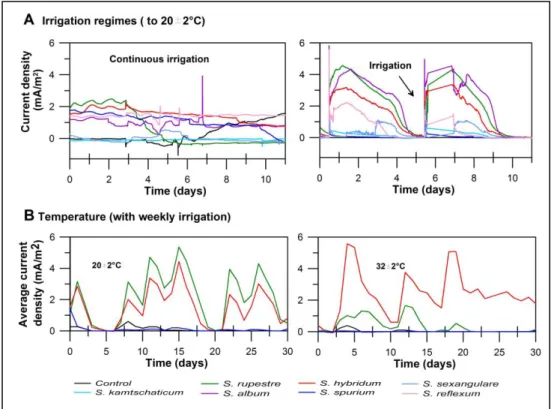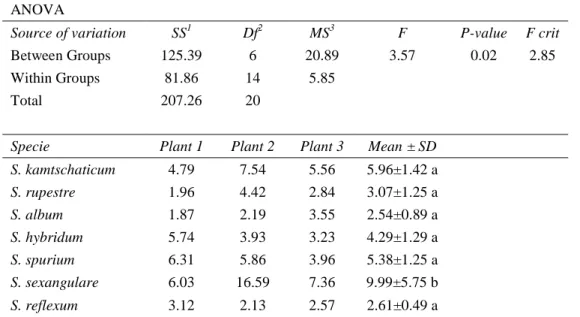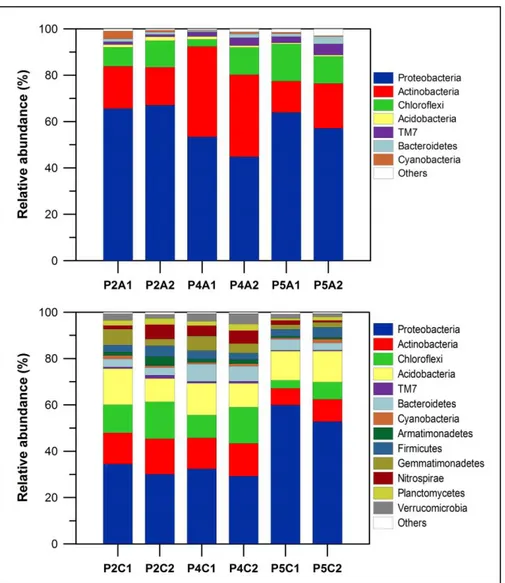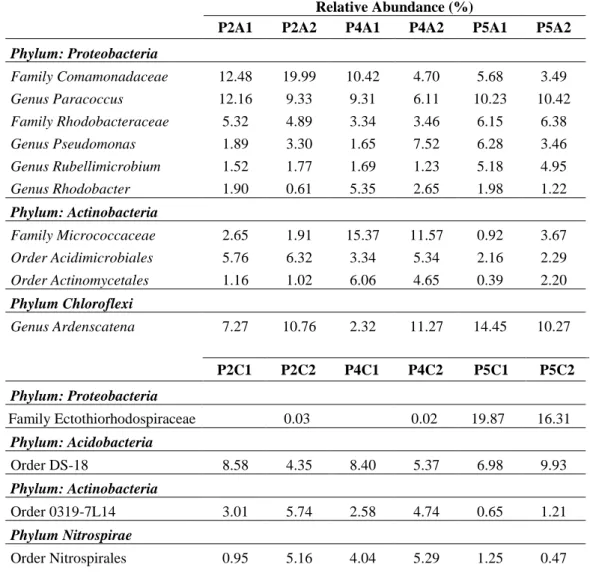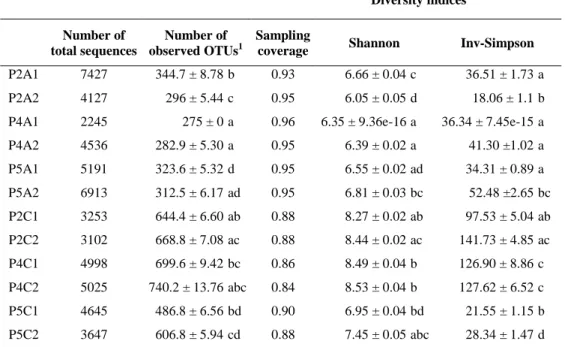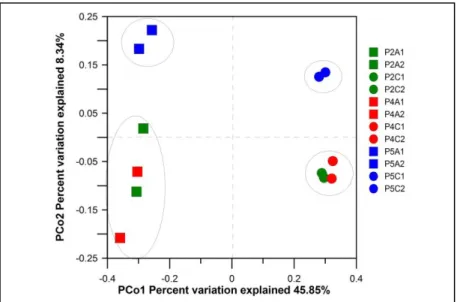Evaluation of sedum species as potential drivers for plant microbial fuel cells in green roof of a semi arid environment
Texto completo
Figure
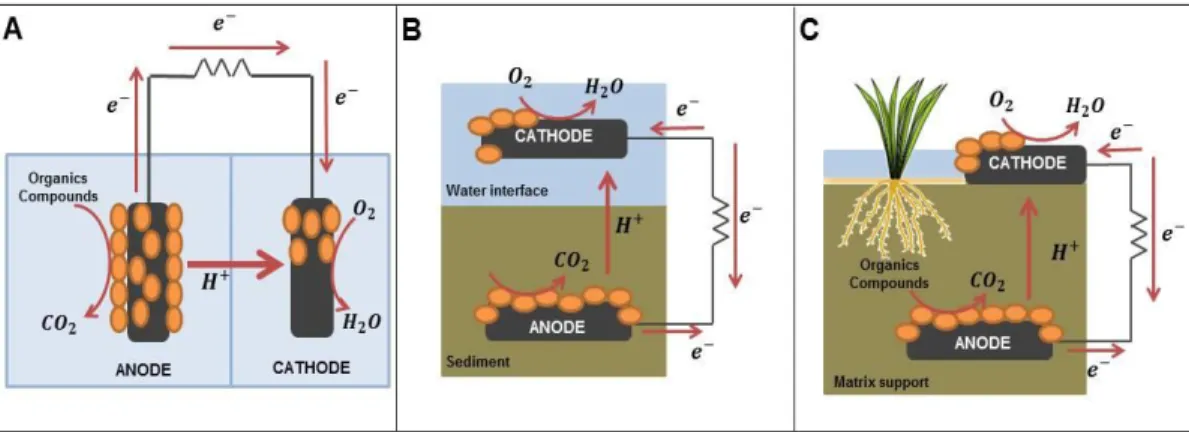

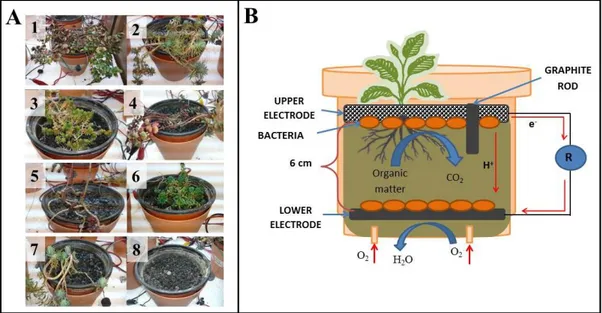
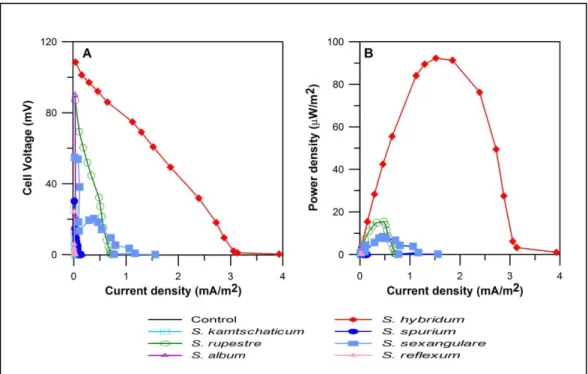
Documento similar
ovatus also presented a higher ratio in C+Bricks, but these ratios were not significantly different to those observed in the other substrates (Table 2). Silene secundiflora
In Section 3 we study normal sections of 3-manifolds, both for the regular and singular cases, and show that the curvature locus of a 3-manifold can be generated by the curvature
The expansionary monetary policy measures have had a negative impact on net interest margins both via the reduction in interest rates and –less powerfully- the flattening of the
One example of the importance of the resources offered by an environment is reflected in the study of abundance and species richness carried out in New York City
(2007) Accumulation of arsenic in tissues of rice plant (Oryza sativa L.) and its 974. distribution in fractions of
studying the autocorrelation and partial correlation function for soil water content measured at a shallower depth as well as the cross-correlation function between soil water
(a) Angular velocity as a function of the applied laser power and power density for a bare upconverting NaYF 4 :Er 3+ ,Yb 3+ microspinner (black line and hexagons) and for a
Figure 3: Relationship between the response variables (productivity, density and recent population trends of the Bonelli’s eagle) and the predictor environmental variables in the
